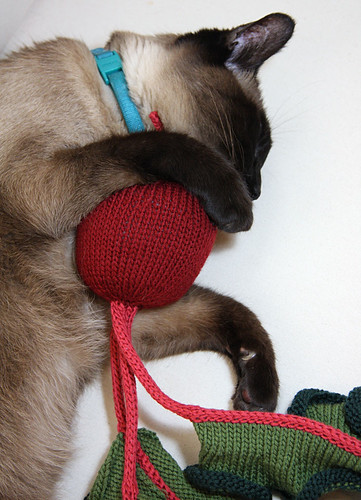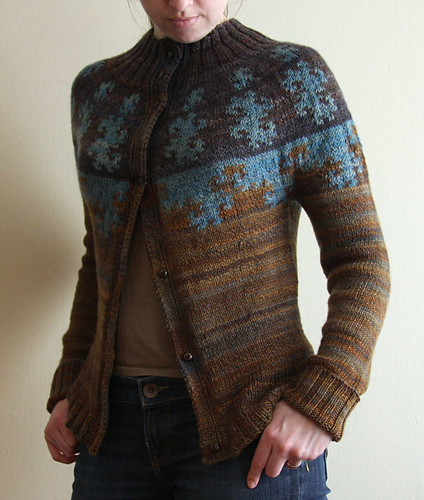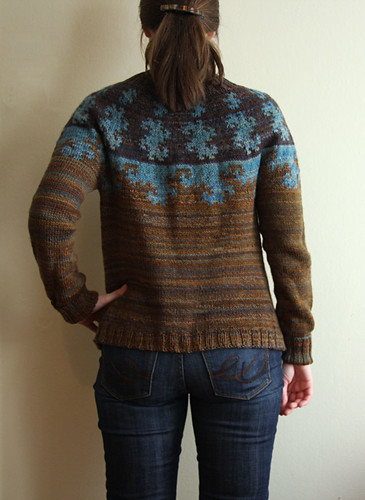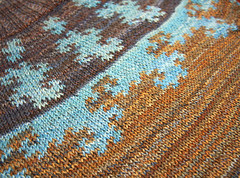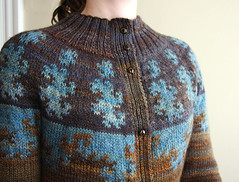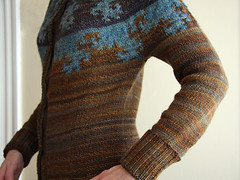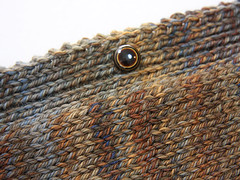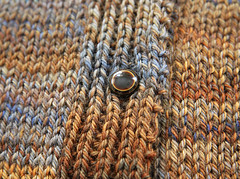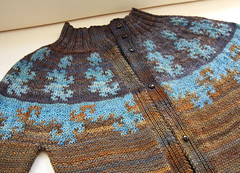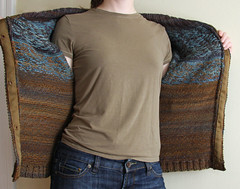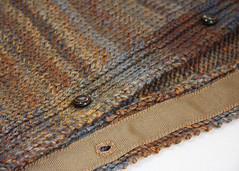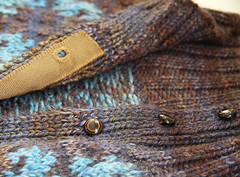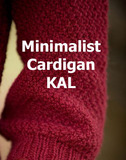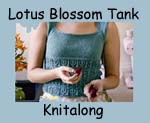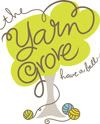

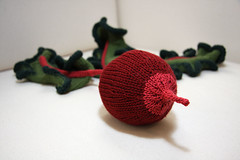
Beet by Norah Gaughan (Berroco, #274 comfort dk booklet)
Berroco Comfort DK, 50% Super Fine Nylon, 50% Super Fine Acrylic (178 yards / 50 g per ball)
0.22 balls of color 2760 "Beet Root"
0.16 balls of color 2730 "Teaberry"
0.48 balls of color 2761 "Lovage"
0.34 balls of color 2762 "Spruce"
US 3 (3.25 mm) bamboo dpns
US 5 (3.75 mm) Knitpicks Options circular needles
I recently knit Norah Gaughan's wonderful beet pattern. I'd been wanting to knit it since she previewed it on her blog back in December, but a really cute photoshoot (complete with a slew of fresh vegies) rchrispy staged for her tasty looking beet pushed me over the edge.
I used the recommended yarns:
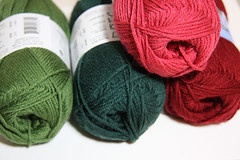
...and made only one real change to the pattern. After knitting, I threaded pipecleaners into the i-cord stems of the leaves, extending them up behind the central vein of each leaf. I then basically acted like I was starting the stem instructions again, picking up 64 stitches around the edges of the stem on the back of the leaf with the circular needle, knitting 32 stitches, and then doing the bind off as specified. This effectively concealed the pipe cleaners, which I poked several inches into the stuffing in the root part before attaching the leaves.
Unfortunately, the pipecleaners don't actually support the weight of the leaves very well, and they make the leaf vein parts of the stems look a little more bulky than might be desired, so I'm not sure if I would recommend this modification to others. If you do decide to use pipecleaners in this (or another) project, I would recommend first bending the ends back on themselves (as I did), forming a little loop, so you don't end up with sharp wires protruding from your knitting.
All in all, I think the beet came out pretty cute, and I'm almost certain that I will be making it some company in the future... maybe some carrots, a leek or green onions, and (if I can figure out how to do it) some cauliflower would be nice : )
I'll have to keep an eye on the beet, though. It seems to have a soporific effect on Bug - you might say it induces a cat-atonic state, as evidenced in the following series of photos:

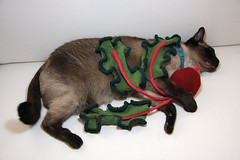
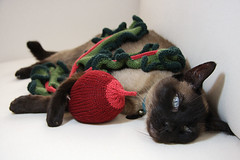
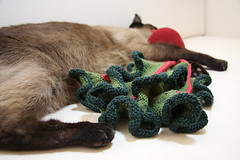
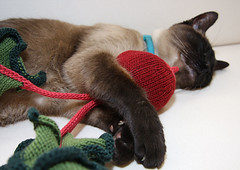
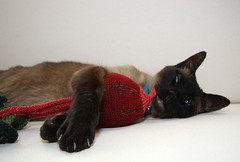
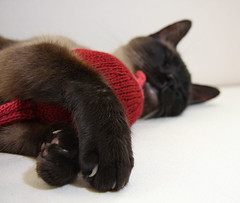
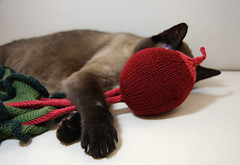


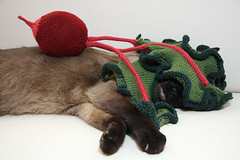
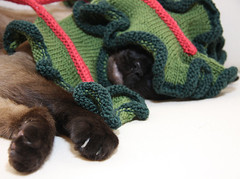
To be sure, it does not appear to have this effect on all cats. Lyla (the sweetie I'm currently cat-sitting for) clearly is not amused with the beet:
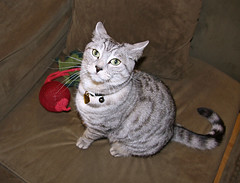
...nor is she knocked out by it. Meanwhile, Moana simply wonders how it tastes....
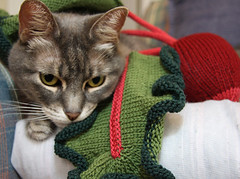
Hmmm.... It must contain a Bug-specific sedative.
